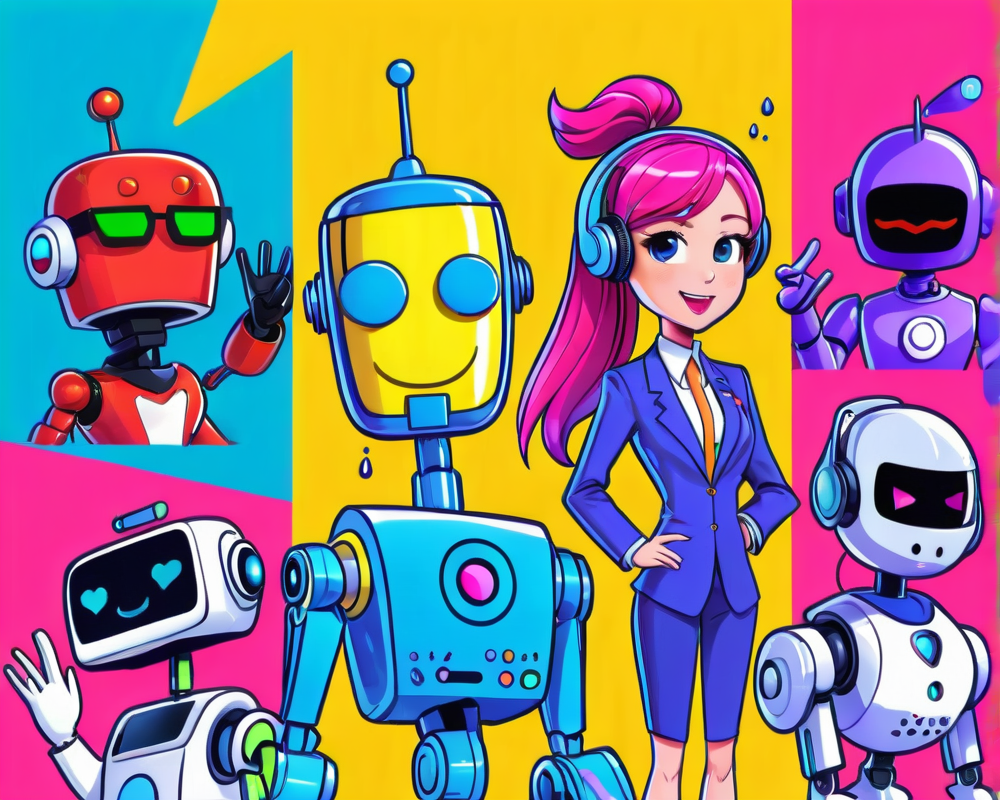The Rise of AI Chatbots
Since OpenAI’s ChatGPT burst onto the scene like a cat meme at a tech conference, the world has seen a flood of artificial intelligence (AI) chatbots vying for the crown of chatbot supremacy. With major players like Google and Microsoft introducing their own chatbots, a new era of digital conversation has begun. Each of these bots brings unique features to the table, making the competition fierce—and the jokes even fiercer.
Battle of the Chatbots: Performance Showdown
To find out which chatbot reigns supreme, various contenders were put through a rigorous gauntlet of questions, riddles, and brain teasers. The tests assessed each chatbots’ accuracy and response speed. Think of it as the Hunger Games for chatbots, minus the mockingly patriotic playlist.
OpenAI’s ChatGPT-3.5 vs. ChatGPT-4
First in the ring, we have ChatGPT-3.5, the free version who thinks of itself as the people’s champion. It does offer solid assistance with tasks like essay writing and debugging code. But it does possess a glaring shortcoming: its lack of up-to-the-minute internet sourcing. For it, current events are about as relevant as a Blockbuster in 2023.
Enter ChatGPT-4
Stepping into the spotlight is the newer, faster, and shinier ChatGPT-4, available to paying customers. It’s like ChatGPT-3.5 decided to hit the gym while its older sibling took a nap! With dramatically improved response times and fewer service hiccups, this chatbot is the equivalent of a well-oiled machine.
Microsoft’s Bing: The Unlikely Contender
Next up is Microsoft’s Bing, powered by a version of OpenAI’s GPT-4. Despite requiring users to crank up Microsoft Edge—that browser your tech-savvy grandparent keeps recommending—Bing brings some serious power to the table. It’s capable of referencing online information, making it the most grounded in reality of the participants.
Bing’s Idiosyncrasies
However, there’s a catch: Bing’s response times can be slower than dial-up internet on a stormy evening. While it can pull data from the web, what’s the point if it takes five seconds to deliver? At best, it’s like watching paint dry while waiting for an update.
Google’s Bard: The New Kid on the Block
Join the chat: Google Bard has arrived! Featuring the PaLM 2 language model, Bard attempts to charm users with its wit and humor. While it can handle image prompts and works well with programming languages, Bard has some verbal hiccups, leading to nonsensical explanations that make you wonder if it’s fluent in human.
YouChat and HuggingChat: The Dark Horses
Rounding out our lineup are YouChat and HuggingChat. YouChat fetches current events like it’s out for groceries, though it didn’t do so hot in our math problems. Meanwhile, HuggingChat, the open-source option, is ready to display its poetic finesse (just hope it’s not a lengthy monologue about ice cubes!).
The Verdict: Who Takes Home the Gold?
In the end, while both Bing and Bard showcased unique capabilities and quirks, they still have their fair share of misfires. ChatGPT-4 emerged as the reigning champion for those who can fork over cash, while Bing offered a solid free option, albeit with quirks. It’s a wild, wild world of chatbots out there—stay tuned for updates as they continue to evolve!




